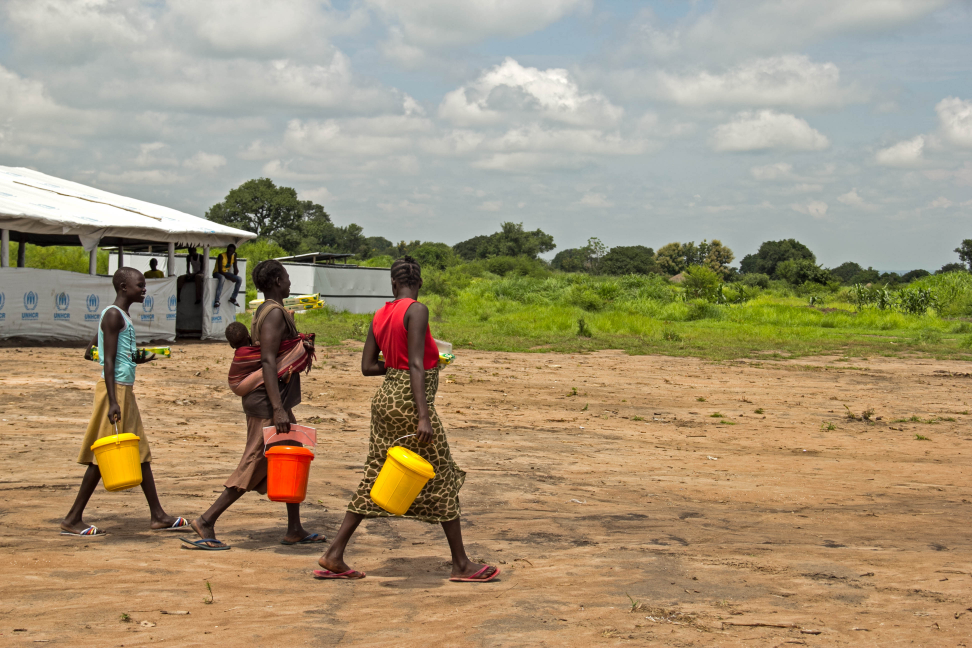Final batches of changes

The work in December and January was focused on continued software development and the resolving of bugs. Batch 1.3 of developments was released to the LIVE software end of January and included the changes and additions in the table below. Each change goes through a series of testing rounds for all browsers by Save the Children’s IT department and the nutrition specialists before it is passed. Changes often need redevelopment by the software company to satisfy our needs which can be time-consuming result in rather unpredictable completion dates.
Batch of changes 1.3
1In the 'Summary report' only CMAM components that have data are displayed2A separate 'Gender data entry box' is added3Bar cluster graph option on the performance indicators graph4Graphs to display all months selected no matter if there is data for that month or not5Graphs: Headquarters user level able to make multiple country graphs other user levels to make graphs with more than one district6Ability to delete grants7Feeding site able to open, close and re-open8Ability to delete approved monthly reports, only by Headquarters user level
Due to a higher than expected volume of work, the final batch of changes had to be split into two separate batches: 1.4 and 1.5. Work on batch 1.4 commenced in mid January and is expected to take 4-8 weeks until finalised. See below details on batches 1.4 and 1.5. We also defined new stock management tools that will be incorporated with batch 1.5 and include stock out tracker, reasons for stock out, and a consumption and forecast tool to avoid future stock outs at the health facility.
Batch of changes 1.4
1Import of geographical level data for new countries with an Excel worksheet, e.g. province, district and sub-district names2Sphere validation report to show which feeding site is not performing well / meeting SPHERE minimum standards3Declining monthly reports4Audit trail for users of the system5Disable user accounts and re-enable these accounts when appropriate6Indicator of how many feeding sites are selected for output graphs and reports7Summary report: Total of sites per programme type (SC, OTP, etc) that come with data
Batch of changes 1.5
1Use only approved reports for analysis section2Quick switch between English/French language software versions3Multiple geographical level selection for Contextual information4Stock out tracker, Stock out reasons, Stock consumption and forecast tool
These changes mark the end of software development. Possible warranty issues like bugs that might appear are handled by another team of the software developer and are worked on in parallel.
Translation of supportive materials is also a time consuming process as all documents need to be double-checked by French native speakers that have a background in nutrition and CMAM and needs to be completed once the content is finalised.
For information related to any of the above, please contact us at [email protected]
Stay updated
Sign up for our newsletter to receive regular updates on resources, news, and insights like this. Don’t miss out on important information that can help you stay informed and engaged.
Related articles
.png)


Explore Elrha
Learn more about our mission, the organisations we support, and the resources we provide to drive research and innovation in humanitarian response.